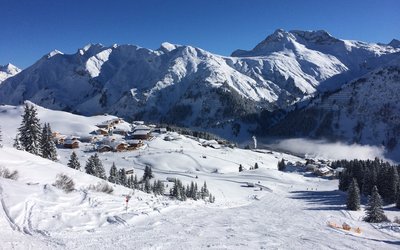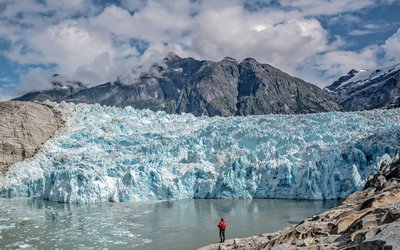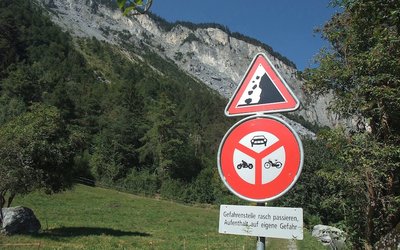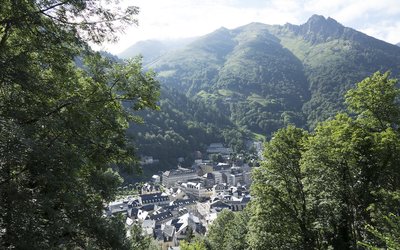
Data for the period 1957 to 2010 show that the intensity of strong precipitation events has increased in most parts of the country, and patterns are more apparent for longer-duration precipitation. Also the frequency of moderate to strong precipitation events has increased in most parts of the country since 1957 (mainly between 10 and 30%), particularly in wet regions. Increased winter precipitation and temperature has led to more snow in cold areas and less snow in warm areas.
Infrastructure at higher elevations, such as mountain roads, ski resorts, and cabin communities, might experience more snow avalanches than a few decades ago due to more frequent and intense snowfall in these areas, and possibly also due to more available snow. Another facilitating condition for snow avalanches might be more events of rain on snow, since more winter precipitation comes as rain, and rainfall events seem to be more intense.
The number of recorded landslide events has increased exponentially since 1960, but not necessarily due to climate change. More likely, any natural changes in release frequency are masked by a combination of
- an increase in the number of infrastructural units, and
- more consistent registration of events.
Still, it is likely that some hazards, such as debris flows and floods, which are closely related to intense and prolonged rainfall, have become more frequent as positive trends are observed in rainfall variables in most places.
Precipitation events during more than 3, 10, or 30 days have been the most important parameters for triggering mudslides and landslides in southern and southwestern Norway in the past. Thus, with the detected positive trends in precipitation variables in this region, such hazards are possibly more frequent than previously.
More frequent near-zero (freeze-thaw) events along with more heavy rainfall might trigger a larger number of rockfalls and rock slides due to decreased rock stability.
Source: Dyrrdal et al. (2012). Climate research 55: 153–165.
Photo: Sheri Terris (www.flickr.com)








